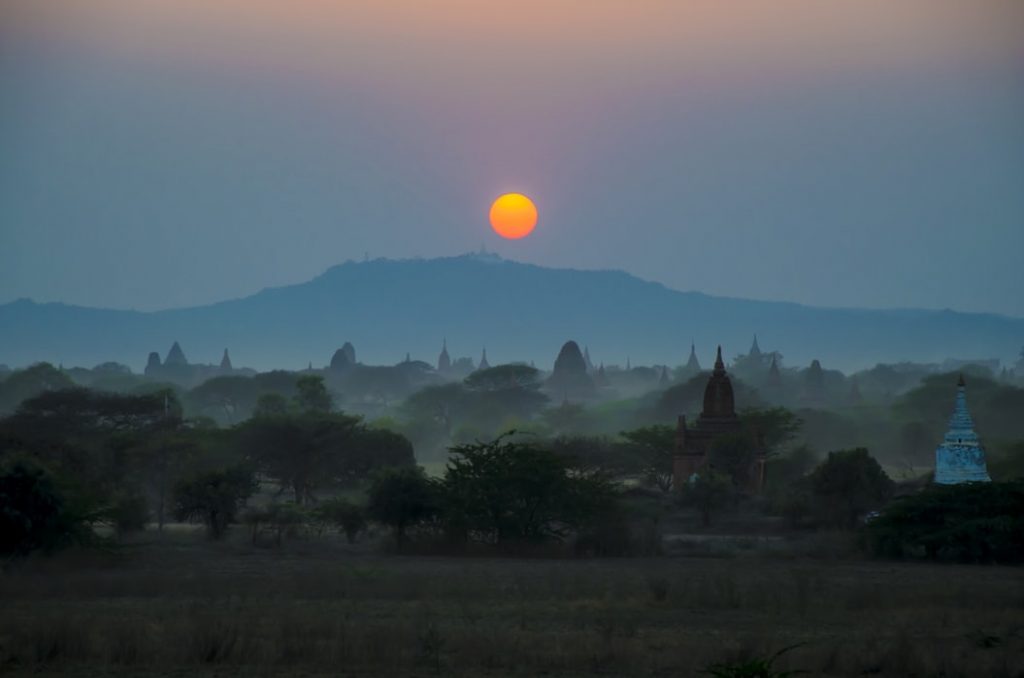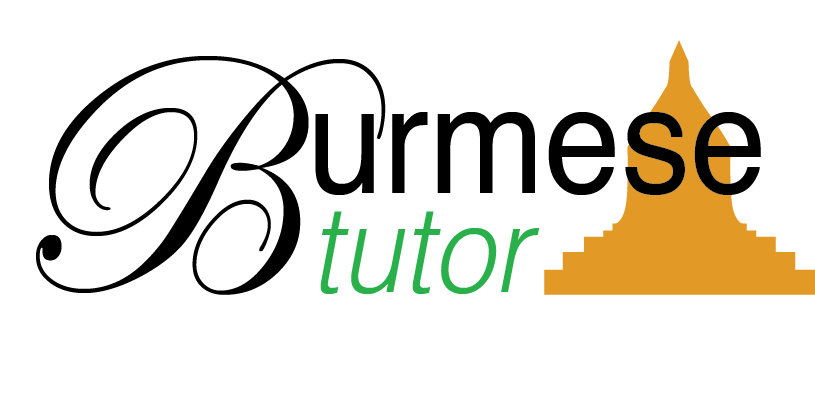A Brief History of the Myanmar Language
The Myanmar language, also commonly known as Burmese, is spoken by approximately 43 million people worldwide, most of whom reside in or around Myanmar. With such a comparatively small population of speakers, it’s no surprise that the fascinating history of this language isn’t particularly well-known! But if you’ve decided to take on the wonderful challenge of learning Myanmar, you’ll discover a wealth of cultural and historical knowledge hidden within the story of how Burmese came to be in its modern form.
This is just a short history of the Myanmar language, so of course I didn’t include all the details. If you want to learn more, I have a few links below that you can read, or you can contact me directly HERE!

The Origins of Burmese
The Myanmar language is steeped in history and culture, and with so much to learn, it’s difficult to know where to begin the story of Burmese. So, for the purposes of this article, let’s start with the first time that a more modern Burmese came to be. In fact, Burmese originates from approximately the year 1100 in the form of Myanmar known as Old Burmese. Similar to the differences between Old English and modern English, Old Burmese shares a great deal in common with modern Burmese, with the differences being primarily in phonetic structure. However, Old Burmese and modern Burmese (which started being spoken in the 1700s) share most key grammar points in common.
The Old Burmese language developed as a result of a cultural mixing pot that was present in Myanmar at the time of its incubation. In the 1100s, the language was heavily influenced by the ancient language of the Pyu people who ruled the region before the Burmans. Another major linguistic influence on Burmese was Pali, a language related to Sanskrit that functioned mostly in religious spheres.
The earliest known representation of Old Burmese is present on the Rajakumar quadrilingual stone inscription at the Myazedi Pagoda in Bagan, Myanmar. This stone also had written on it Pyu, Mon, and Pali language inscriptions, an attestation to the linguistic milieu that inspired the development of the Myanmar official language as we know it today.
Language Overhaul: Middle Burmese and the Transition to Modern Burmese
Any language that’s been around for a long time undergoes a middle period of transition and stabilization. And, because Burmese is an ancient living language, it too had an adjustment period. This overhaul took place between the 1500s and 1700s, and involved dramatic changes in spelling and phonetics, which led to the final development of the Burmese that we know now.
It’s common knowledge for any learner of Burmeses, even the most beginning students, that there’s a fairly major discrepancy between spoken and written Myanmar. In fact, due to confusion in regard to spelling during the Middle Burmese period, a lot of the differences between colloquial and literary Burmese originate from this time period!
Modern Burmese
Today, the Burmese language is one of the most unique major languages spoken in the modern world. Although there aren’t many speakers of the language, it’s become the official language of an entire nation against all odds, and for that, the Myanmar language is definitely special. If you’ve decided to learn Burmese, be proud of your choice! Whether you’re learning the language because you’re planning to move to Myanmar for work or love, or just because you want to learn a bit of the language before you travel, it’s a beautiful language that’s worth every ounce of energy you put into learning it.
BurmeseTutor.com offers online Burmese language lessons to students of all levels. If you’re interested in learning the language of Myanmar, contact BurmeseTutor today to schedule your first lesson and get started!
